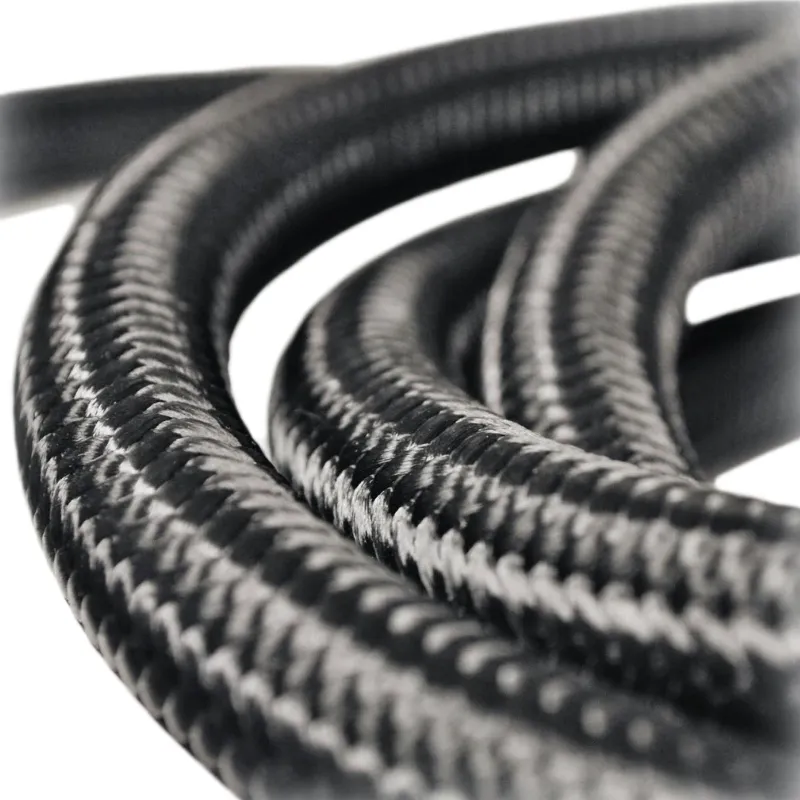
- Afrikaans
- Albanian
- Amharic
- Arabic
- Armenian
- Azerbaijani
- Basque
- Belarusian
- Bengali
- Bosnian
- Bulgarian
- Catalan
- Cebuano
- Corsican
- Croatian
- Czech
- Danish
- Dutch
- English
- Esperanto
- Estonian
- Finnish
- French
- Frisian
- Galician
- Georgian
- German
- Greek
- Gujarati
- haitian_creole
- hausa
- hawaiian
- Hebrew
- Hindi
- Miao
- Hungarian
- Icelandic
- igbo
- Indonesian
- irish
- Italian
- Japanese
- Javanese
- Kannada
- kazakh
- Khmer
- Rwandese
- Korean
- Kurdish
- Kyrgyz
- Lao
- Latin
- Latvian
- Lithuanian
- Luxembourgish
- Macedonian
- Malgashi
- Malay
- Malayalam
- Maltese
- Maori
- Marathi
- Mongolian
- Myanmar
- Nepali
- Norwegian
- Norwegian
- Occitan
- Pashto
- Persian
- Polish
- Portuguese
- Punjabi
- Romanian
- Russian
- Samoan
- scottish-gaelic
- Serbian
- Sesotho
- Shona
- Sindhi
- Sinhala
- Slovak
- Slovenian
- Somali
- Spanish
- Sundanese
- Swahili
- Swedish
- Tagalog
- Tajik
- Tamil
- Tatar
- Telugu
- Thai
- Turkish
- Turkmen
- Ukrainian
- Urdu
- Uighur
- Uzbek
- Vietnamese
- Welsh
- Bantu
- Yiddish
- Yoruba
- Zulu

Јан . 26, 2025 04:40 Back to list
hydraulic hose assembly


Pressure is the backbone of any hydraulic system. Hose assemblies are rated for certain pressure limits that should never be exceeded in practice. Engineers in the field emphasize the necessity of periodic inspections using precision pressure gauges to ensure systems remain within safe operational thresholds. The expertise of installation and maintenance cannot be overstated. Proper installation reduces unnecessary wear. Seasoned technicians employ process controls and utilize checklists to ensure each assembly is correctly routed, clamped, and tensioned. Regular maintenance sessions should include visual inspections, pressure testing, and cleaning, all of which contribute to the trustworthiness of the system. Trust is vital. Trust built on thorough documentation and adherence to industry standards such as ISO 17165-2. Using certified components from reputable manufacturers significantly increases the reliability of hydraulic hose assemblies. The practice of maintaining logbooks for each assembly's history, including installation dates and maintenance activities, creates an authoritative ledger that enhances traceability and accountability. Incorporating new technology such as smart sensors that monitor pressure and flow in real-time promises to revolutionize the field. These sensors provide data that help predict failures before they occur, facilitating preemptive maintenance and reducing downtime. Experts urge companies to invest in training and upskilling their workforce to handle these advanced systems proficiently. By examining hydraulic hose assemblies through a prism of experience, expertise, authoritativeness, and trustworthiness, businesses not only ensure operational efficiency but also safeguard against operational failures. Share insights within professional circles, attend seminars, and engage in continuous education to remain at the forefront of the industry. These actions will contribute to building a robust foundation for success in managing hydraulic systems, ensuring a sustainable and efficient industrial future.
Latest News
Steel Wire Reinforced Hydraulic Hose SAE 100 R1 / EN853 1SN S
NewsOct.17,2024
Two Layers Steel Wire Reinforced Hydraulic Hose SAE 100 R2 / EN853 2SN
NewsSep.03,2024
Textile Braid Reinforced Hydraulic Hose SAE100 R3+R6
NewsSep.03,2024
Textile Reinforced Hydraulic oil Suction Hose with embedded Steel Wire SAE 100 R4
NewsSep.03,2024
Single Wire Braid and Textile Covered Hydraulic Hose SAE 100 R5
NewsSep.03,2024
High Pressure Thermoplastic Hydraulic Hose SAE 100 R7 / EN855 R7 - SAE 100 R8 / EN855 R8
NewsSep.03,2024
Heavy Duty Four-layer Steel Wire Spiral Reinforced Hydraulic Hose SAE100R9+R10+R12
NewsSep.03,2024
Heavy Duty Multi-layer Steel Wire Reinforced Hydraulic Hose SAE100R13 SAE100R15
NewsSep.03,2024
Latest Products










